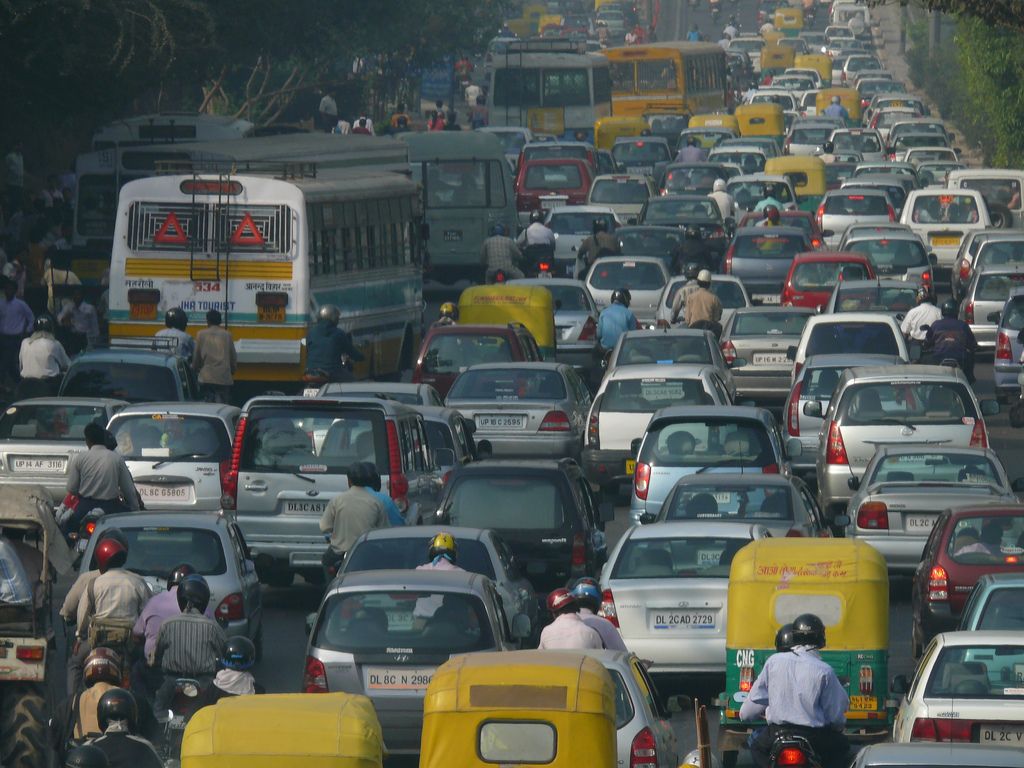In October 1973, I published a book, called Paradise Lost: The Decline of the Auto-Industrial Age, which was the opposite of prophetic. The “present power” of the “auto-industrial complex,” I wrote, or “of auto corporations, components companies, auto dealers, motel owners, highway construction companies, of the highway lobby and of suburban real estate developers,” was “no more than a temporarily dominant but mortal mutation of economic evolution.” I still think this is true. But the dominance has lasted for almost half a century since the end seemed to be nigh. (The motel owners are a partial exception.) The organization of land use around automobiles has changed very little in the United States, and has been diffused across Asia.
A World Bank working paper on transport published in 1972, that I cited in the book, estimated that road density in Thailand (km of roads/km2) was 0.33, and that vehicle density was 10 per 1,000 people. There are now more than 35 km of roads per km2 in Thailand, and more than 200 vehicles per 1,000 people.

Even the White House Office of Emergency Preparedness, in 1972, looked forward to a “long term” -- “past 1980” -- in which, despite “possible strong resistance from highway and travel lobby groups,” “the position of the US transportation industries in the world” might well depend on research into public transport and energy conservation.
It is poignant, in 2020, to reflect on the expectations of the early 1970s. There is nothing at all about climate change in my own book Paradise Lost, or about the impending “pronounced global warming” that was so widely discussed, starting in 1975. But we knew, then, that there was a social choice being made, among vastly different futures.
I even wrote an article, also in 1973, called “Illusions about Energy.” It was partly about the “oil shale” industry, and partly about the future. The Nixon administration’s support for energy development, I thought, was likely to bequeath “responsibilities for energy conservation even more arduous than the responsibility for used coal lands and for salt mines full of radioactive waste. Energy planning, like transportation policy, requires the most troublesome political choices. But like the city planning and highway construction and aviation policies of the 1940s and 1950s, present energy decisions could leave a dismal heritage for the twenty- and fifty-year future.”
The sense of loss is uneasy, for historians, and so is the sense that things could have been different. But the choices that were made twenty and fifty years ago – and above all the absence of choice, in millions of decisions sustained “by fuel depletion allowances, by historical environmental policies, by the power of energy-dependent industries (including the auto and trucking businesses), by the permissive regulation of electric utilities” – are important to understand. There is a history of our contemporary crisis, that is to say; an economic and political history with amazing primary sources. To understand this history, conceivably, would be to understand something about the choices that are being made now, or are not being made, for our own fifty-year future.
